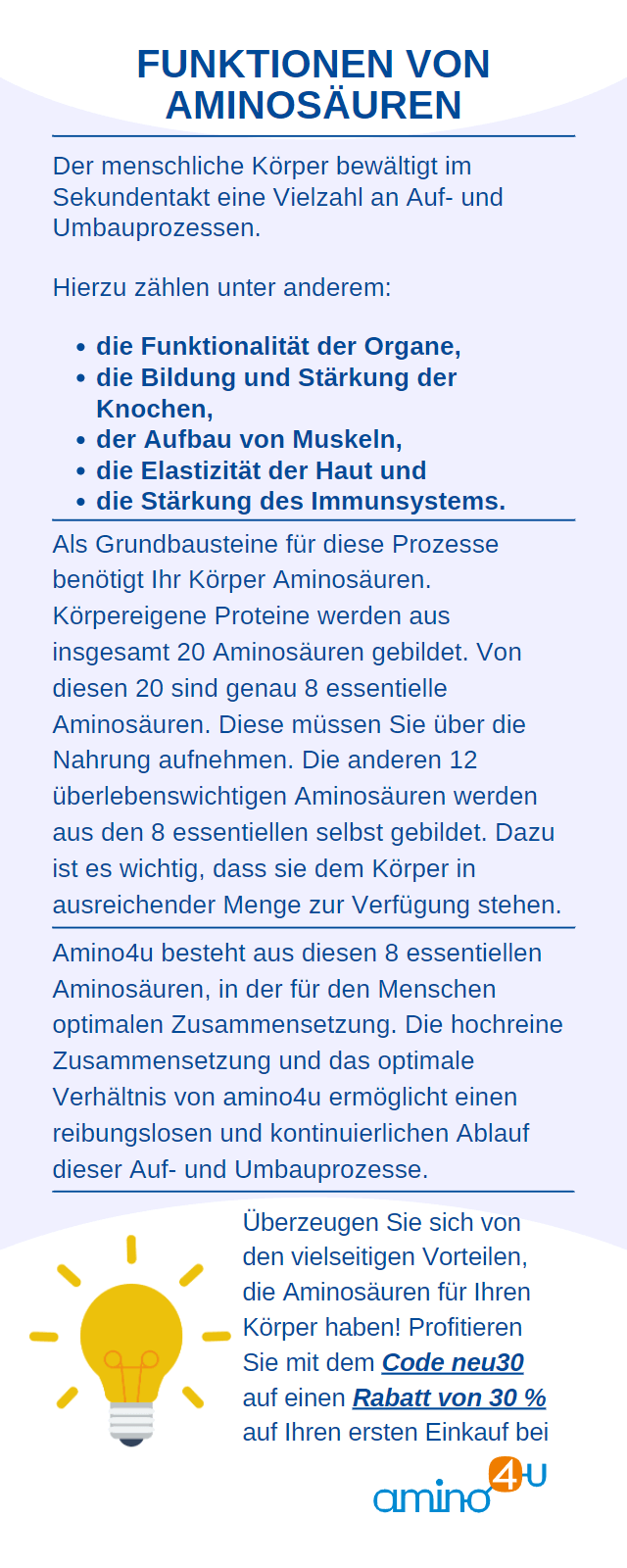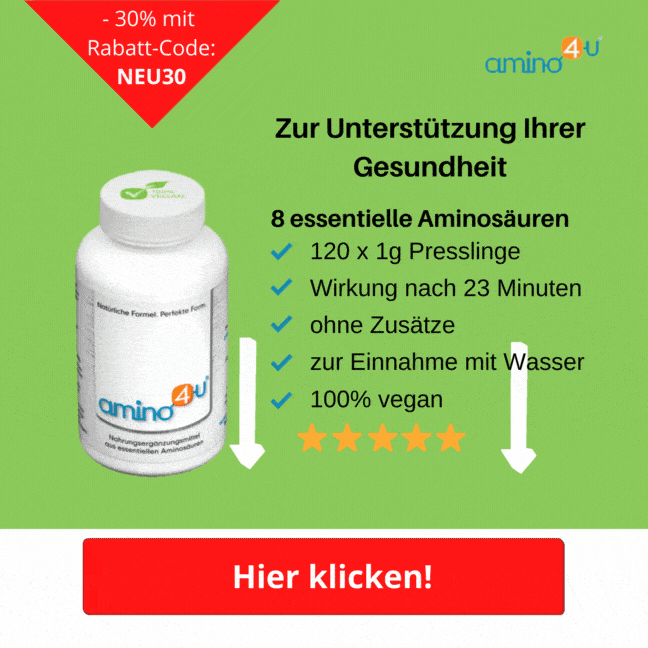In Germany, almost 300,000 people suffer a heart attack every year. More than 50,000 people die. In any case, acute infarctions are physically and psychologically drastic experiences.
For the first time in their lives, many heart attack patients have to deal with imminent danger to their lives during an attack. You will quickly become aware that the risk of a heart attack continues to exist even after a heart attack.
This is very unsettling and frightening. Doesn't it make sense to take it easy in every respect and to put as little physical strain on yourself as possible? The path to becoming a coach now seems just short enough.
In this article you will find out why you shouldn't do that and why cardiac exercise is playing an increasingly important role in recovery after a heart attack .
Myocardial infarction and its consequences
The medical terms for heart attacks are coronary infarction or myocardial infarction . Doctors understand this to be an acute and usually life-threatening event in which a coronary artery is narrowed or blocked. Two coronary arteries surround the heart like a wreath.
It is their job to supply the heart muscle with fresh blood. The arteries consist of several branches. They are called coronary arteries. There are also other, finer branches. When a heart attack occurs, a blockage occurs in the coronary arteries .
As a result, the heart muscle sometimes no longer receives enough fresh blood. Depending on the location and severity, this more or less dangerous circulatory disorder in the heart (ischemia) can lead, among other things, to cardiac arrhythmias and the death of cells in the heart muscle. Many heart attacks are fatal.

Causes and risk factors
The vast majority of infarctions are caused by coronary heart disease . This causes the coronary arteries to change. Atherosclerosis causes cholesterol and other fats to be deposited in the blood vessels.
Atherosclerosis is therefore popularly referred to as calcification . The processes are accompanied by chronic inflammation of the vessels. Doctors refer to the deposits in the vessels as plaques.
The plaques can rupture and form blood clots. A clot consists of blood, fats and tissue parts. The clot - also called a thrombus - can move with the bloodstream to other places in the body or block the heart muscle vessels in place .
Depending on where the blockage occurs in the body, it can result in heart attacks, strokes or thrombosis, for example in a vessel in the legs. Risk factors for coronary heart disease (atherosclerosis) are also risk factors for heart attacks.
Essentially, the following should be mentioned here:
- Smoke
- high blood pressure
- Diabetes mellitus
- high cholesterol levels (hypercholesterolemia)
- inherited or acquired lipid metabolism disorders
- various inherited stresses on the heart
Other lifestyle factors such as obesity, alcohol, poor diet, lack of exercise and stress can increase the importance of the risk factors.
On a physical level, heart attack patients often have to deal with complications such as cardiac arrhythmias , heart failure and limited physical performance after a heart attack.
Many also struggle with the fact that heart attacks are extremely traumatic experiences. Anyone who has survived a heart attack regularly suffers from the fear that another one could occur.
This can cause stress and fear of death. After a heart attack, it is therefore important to deal with these psychological stresses appropriately.
The role of exercise in the aftercare program
Anyone who suffers from coronary heart disease (CHD) is usually more or less seriously ill before a heart attack occurs. It is predominantly questions of personal lifestyle that promote the development of CHD.
Anyone who is physically active throughout their life and regularly moves a lot usually has a lower risk of developing CHD and a myocardial infarction, apart from hereditary predispositions to the heart and personal excessive demands. Many scientific studies in this area point to this.
There appear to be primarily positive influences on inflammatory processes, body weight and fat metabolism that arise from continuous physical activity . The question therefore rightly arises as to whether the preventive effects of exercise on heart attack patients can be important after a heart attack.
If the answer to the question was yes, a coordinated sports program after the acute heart attack would definitely be recommended.

Exercise after a heart attack: study situation
Swedish and South Korean scientists, among others, have confirmed in studies the positive effects of physical activity on heart attack patients/people with coronary heart disease .
Both studies showed that exercise has a positive effect on coronary heart disease and increases life expectancy. The decisive factors were the regularity of exercise, the choice of suitable sports and the time after a heart attack until the start of physical activity.
Most people affected by heart attacks will first think of endurance sports when it comes to exercise after a heart attack . We regularly associate endurance sports with fitness and a healthier heart. However, sports medicine experts are not yet sure about this question.
There is also evidence to suggest that strength training and exercise also have positive effects on people who suffer from CHD and/or have suffered a myocardial infarction. The possible positive effects of strength training were proven in a US study back in 2007.
Strength training therefore has just as much place after a heart attack as endurance sports.
After an acute illness, moderate sporting activity should be started again relatively quickly in consultation with the treating doctor. Brisk walking and walking can also be counted as exercise.
It is recommended to complete two exercise sessions at least twice a week. The limits of sport after a heart attack lie where extreme performance is required that exceeds one's own endurance limits. Ideally, those affected in rehab after a heart attack should seek appropriate advice from doctors and physiotherapists.
How can amino acids support you?
Make physical activity, including weight training, a regular part of your life after the immediate rehabilitation period .
Eat healthy and support your muscles with vital protein building blocks. Amino acids are responsible for the formation of muscle cells and actively support muscle building .
It may therefore be advisable to supportmuscle growth by taking a suitable preparation. amino4u is a dietary supplement that can provide the body with a precisely tailored profile of all essential amino acids .
Tablets or powders have the property of being available in the blood after just 23 minutes. In this way, the muscle fibers can quickly access these building blocks in natural form, which are so necessary for growth .

You can't do without exercise after a heart attack
Current scientific findings clearly show that living on the couch after a heart attack is the wrong choice. If you want to reduce the risk of repeat heart attacks and increase your life expectancy, regular, adapted sporting activity is an advantage over being a couch potato.
Current studies repeatedly show that life expectancy increases with regular physical activity. Heart attack patients should never forget that the risk of a heart attack in the presence of CHD remains even after the acute heart attack.
You should therefore seize the opportunity to strengthen your heart and soul through endurance sports and strength training . This is often accompanied by a positive change in lifestyle, which can also improve heart health .
A sports program should be an integral part of your life and should be part of every aftercare program. Cardiac exercise extends your life . Don't stay on the couch, get active!




